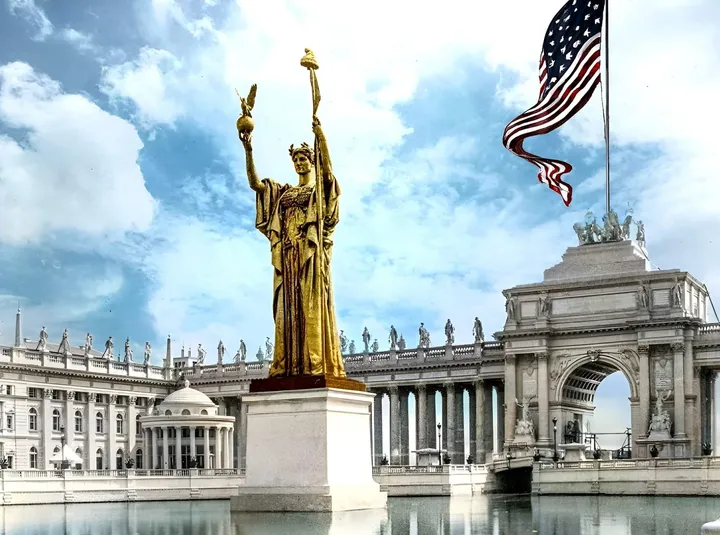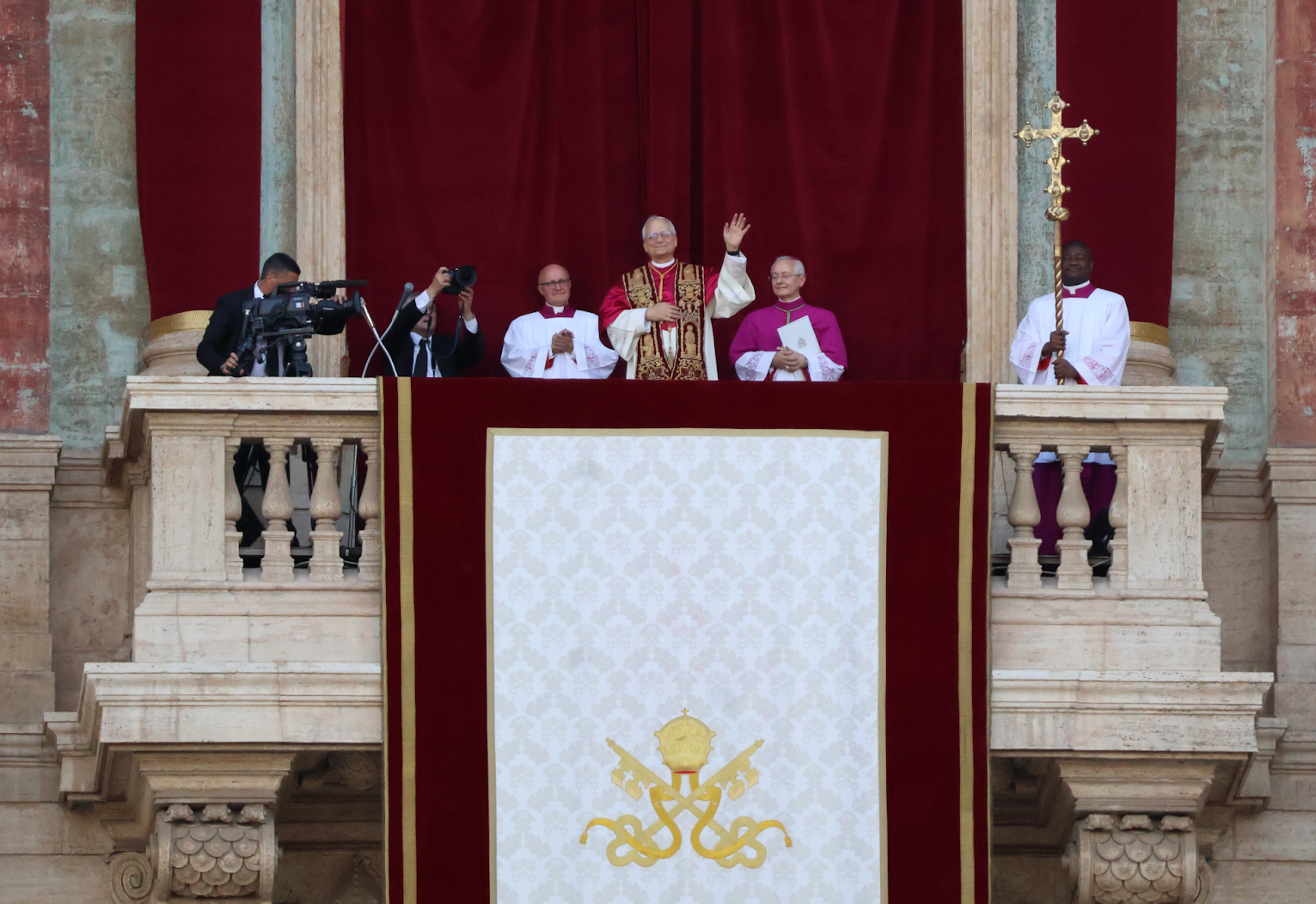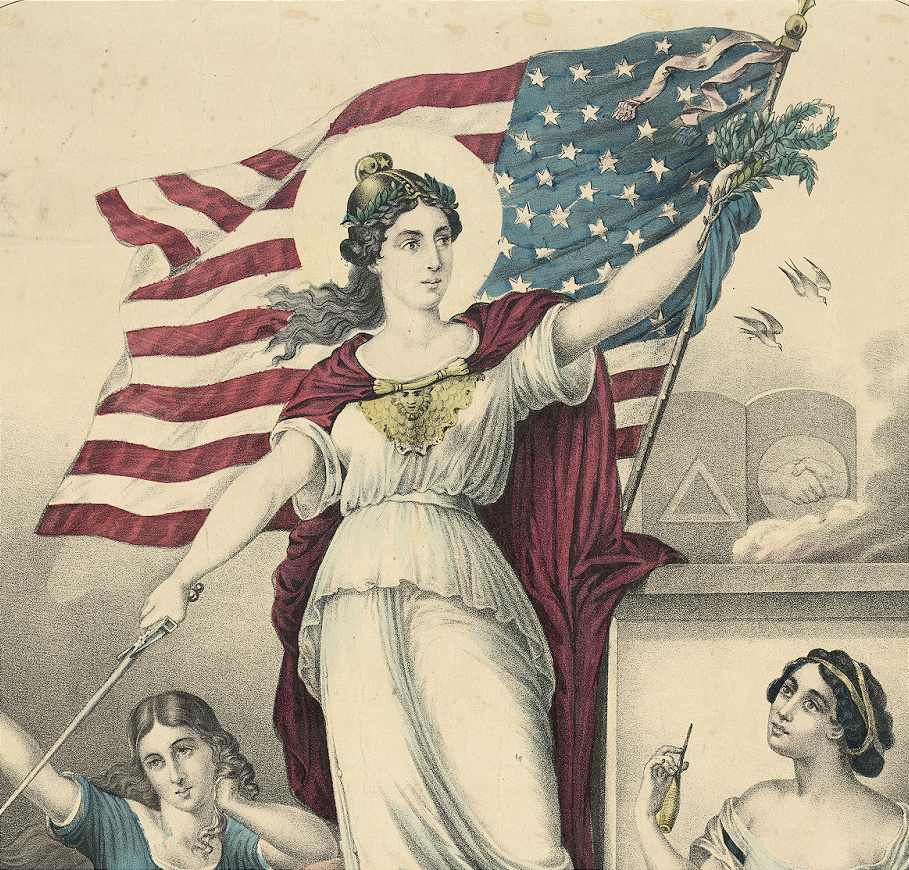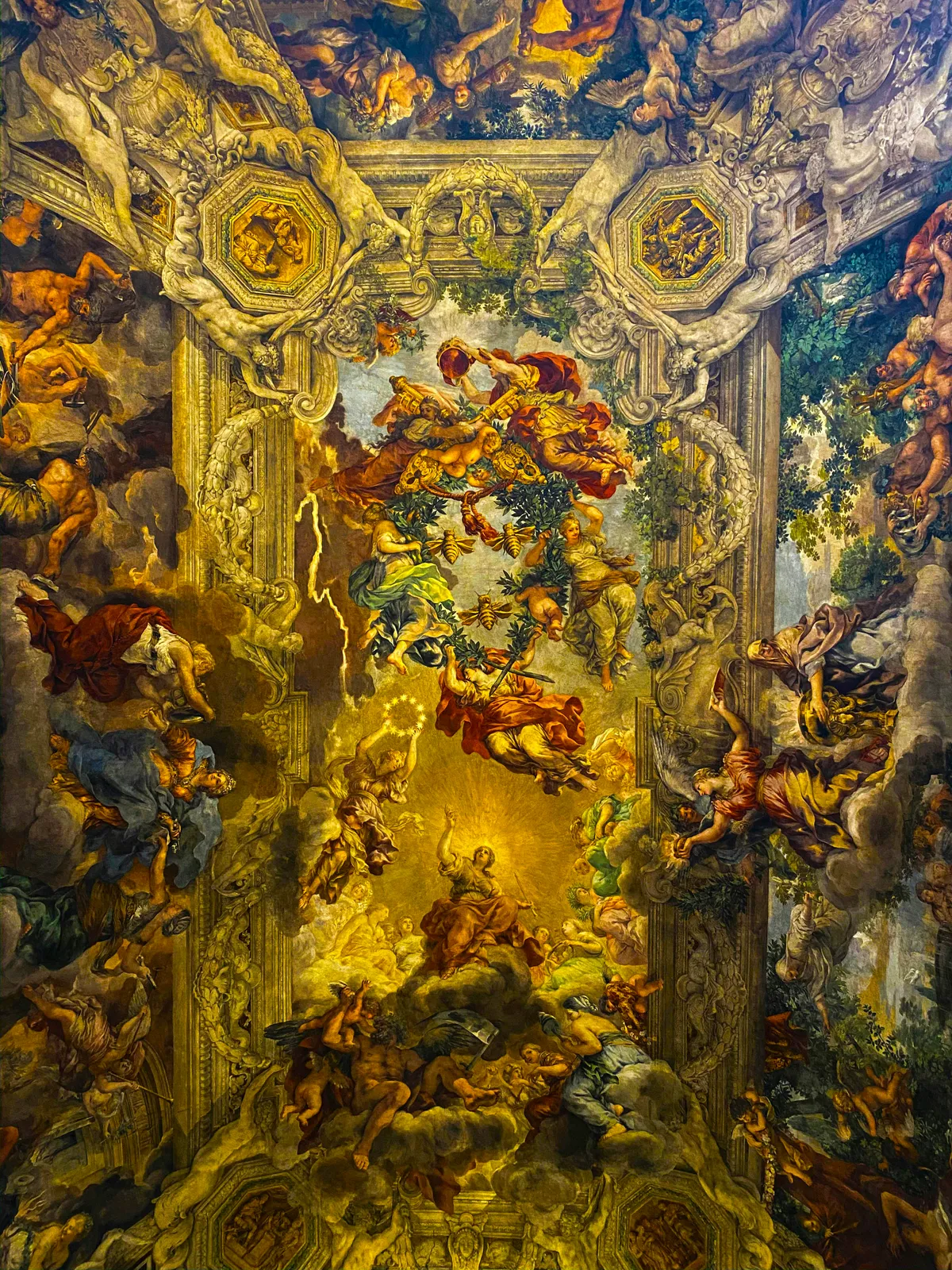The American Golden Age
The U.S. has a chance at a new renaissance…

According to British general John Glubb’s 1978 essay Fate of Empires, superpowers typically only last about 250 years before decline.
Given that next year, 2026, will be the 250th anniversary of the signing of the Declaration of Independence, it’s probably a good thing Americans never listened to the Brits anyway.
In fact, President Trump has already hailed the era as an upcoming “golden age,” promising not just to stave off decline, but to usher in prosperity. It might seem absurd given the intense social and political problems the U.S. faces currently, but on the cultural front a golden age might just be possible...
A rare convergence of world events, like the upcoming Olympic games in 2026, as well as positive trends in art and religion have gifted the U.S. a tantalizing opportunity to embrace its identity — to proudly declare: American culture is back.
Here’s why the next few years are key to establishing an American renaissance…
Reminder: you can support us and get tons of members-only content for a few dollars per month 👇
- Two new, full-length articles every single week
- Access the entire archive of useful knowledge that built the West
- Get actionable principles from history to help navigate modernity
- Support independent, educational content that reaches millions
Flexing Our Muscles
One of the most important aspects of a cultural golden age is unified spirit. In a time of such political division, though, unifying around anything seems like an impossible task.
But one facet of American life could yet be a uniting factor and help foster a shared cultural narrative: athletics. Though major sporting leagues sometimes dip their toes into politics, America’s shared love of competition has kept sports politically neutral for the most part. This bodes well for two world events soon to take place on American soil: the Olympic Games in 2026 and the World Cup in 2028.
The Olympics will be hosted in Los Angeles, with various events in the greater L.A. area and two subsites in Oklahoma City. With the eyes of the world watching, L.A. — the home of Hollywood and perhaps the center of American culture — has the opportunity to embody the American ethos for the world to see.
Likewise, the Word Cup will be hosted in 16 cities all around North America, including Canada and Mexico, with the U.S. leading as the primary host.
So why are sports important for a new golden age?
With political tensions simmering, sports are a way for Americans to channel their patriotism without dipping into divisive political issues. Though ultimately not a long-term fix for deep-seated disagreements, they can build momentum toward more substantial unity. A little “bread and circuses” can be a good thing.
A Party to Remember
Americans are growing weary of the narrative that the U.S. has often been on the “wrong side of history”. Though every nation has its historial hills and valleys, the U.S. has a rich, inspiring history that in the past few decades has been downplayed.
But next year in 2026, as the 250th anniversary celebration hits full swing, Americans will have no excuse but to celebrate their nation’s positive aspects. The occasion simply demands it.
The anniversary is the perfect time to go big — and apparently it won't just be a day or week of festivities, but an entire year.
Back in November 2024, Trump committed to establishing a White House task force called “Salute to American 250” that’s charged with coordinating between local and state governments to ensure that celebrations last from Memorial Day 2025 until July 4th, 2026. As of now, the task force is already hard at work, and there's a military parade planned for this year's Independence Day.
He also hinted at a “Great American State Fair,” which sounds reminiscent of the popular world fairs like the Chicago World fair in 1893 and the New York World Fair of 1939. The fair will feature exhibits from all 50 states and “promote pride in our history and put forth innovative visions for America’s future.”
The 250th anniversary celebration will be a rare opportunity to celebrate the collective history of the U.S. and highlight the positive contribution that Americans have had on the world.
Artistic Revival
Besides big events, the U.S. is seeing several promising trends in art and culture that signal a mini-renaissance.
Back in January, the executive order “Promoting Beautiful Federal Civic Architecture” was signed, aiming to promote traditional designs of government buildings. The executive order states:
“...Federal public buildings should be visually identifiable as civic buildings and respect regional, traditional, and classical architectural heritage in order to uplift and beautify public spaces and ennoble the United States and our system of self-government.”

The policy walks back decades of careless — and even downright wreckless — choices in federal architecture like the J. Edgar Hoover Building, the FBI’s headquarters, or the Lyndon B. Johnson Department of Education Building. Rather than prioritizing utility over aesthetics, the executive order acknowledges that both are important when choosing architecture to represent the American people.
But the architectural revival isn’t just a top-down initiative. In many ways, it’s grass roots — there’s been a massive trend toward traditional aesthetics promoted by large influencers on social media platforms like X and Instagram.
The popularity of X influencers like Architecture & Tradition, an account dedicated to traditional aesthetics boasting 700k+ followers, as well as The Cultural Tutor, a 1.7M follower account who teaches the ins and outs of art and culture, signals a massive hunger for the style that the president’s executive order prioritizes.
Every golden age needs a classic look, and the federal green light of classical architecture as well as the grass-roots interest in traditional art and culture promises an America that looks ready for the occasion.
Religious Reawakening
Perhaps more than any other factor, the biggest trend that signals a renewed American identity is the end to the long decline of religion in the country. Going back decades, Christianity has steadily fallen from a high of over 90% of the populace identifying as Christian just a few decades ago to a low of 60% in 2022.
But that decline has now reversed.
Though Christianity is far from its peak, the last few years actually show an uptick in those who identify as Christian, standing at 62% in 2025. It’s a promising trend for those who wish to return to a more traditional culture — one rooted not only in allegiance to patriotic ideals, but Christian principles, too.

And now in a sign of things to come, America is finding new footing with regard to its faith. The founding fathers probably never envisioned an American pope, yet here we are on the eve of the U.S.’s 250th birthday with just that.
With the death of Pope Francis in April and the election of Pope Leo XIV a few weeks later, America has the privileged position of having one of its citizens lead the world’s largest religion for the first time ever. Long a leader in Protestant Christianity, America has now secured a leadership role in Catholicism, too.
Ultimately, time will tell if the Christian revival happening in America is just a blip in the religion’s long decline or a real turning point; but right now it feels like a resurgence of American traditional ethics spurred on by the spark of something new. The rise in Christian affiliation combined with the inspiration provided by an American pope has given religion a renewed central role in American life.
On the Cusp of Something Special
America approaches an opportune moment to reclaim its cultural identity. The next few years will witness a unique convergence of world events and positive trends that hint toward a resurgence of cultural strength.

Whether the latter half of the 2020’s are indeed a cultural revival or a continuation of the fracturing that has defined the last few decades is still up for grabs — and it’s up to Americans to choose. Rather than succumbing to historical cycles of decline like Glubb described in Fate of Empires, America has a chance to to defy them. America’s 250th birthday need not be a signal of decline, but one of revitalization.
A golden age isn’t simply stumbled into; it’s forged through vision and the collective will to enact it. So now is our opportunity — what will we do with it?

